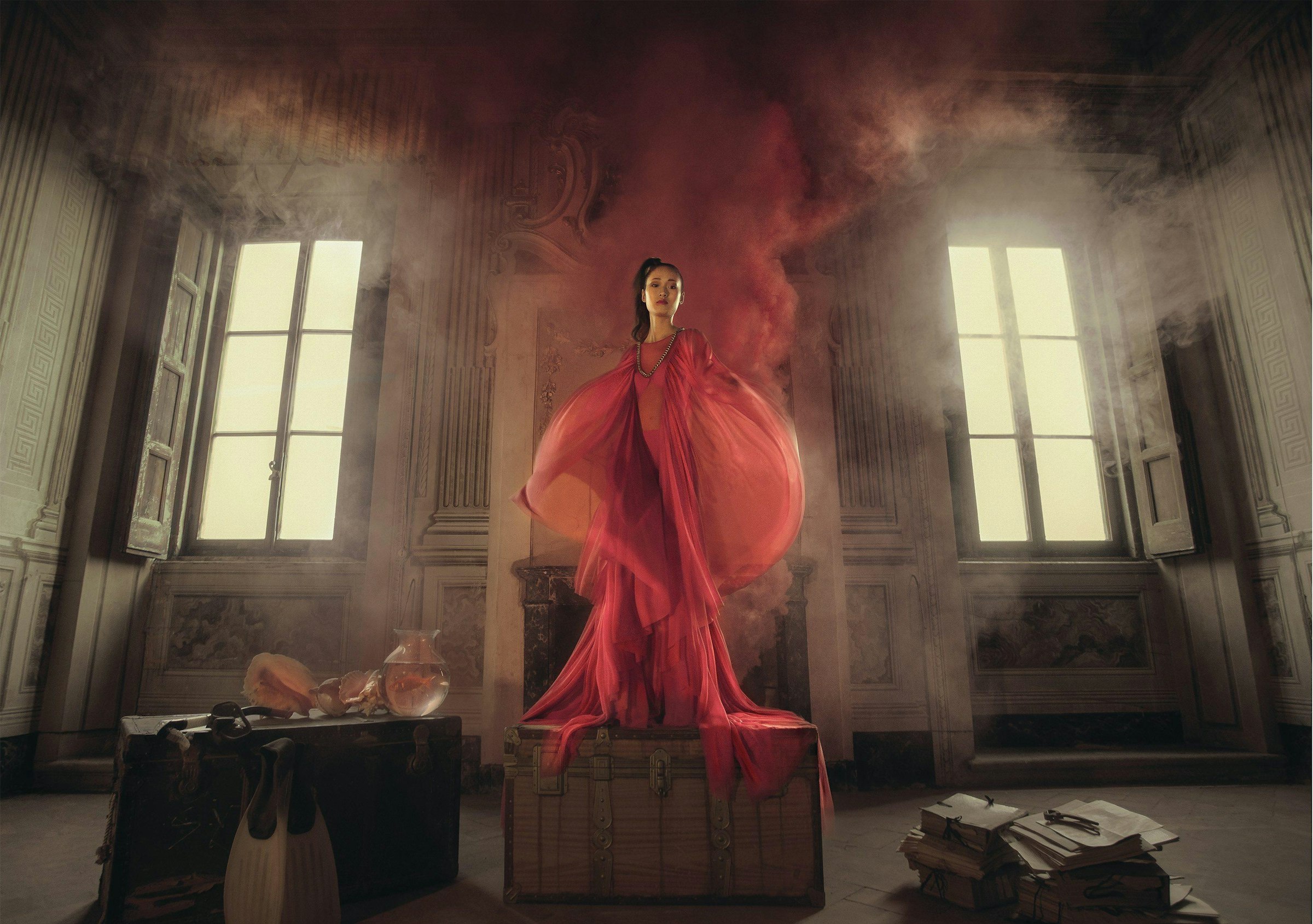Overview
We’re delighted for you to join us at AUB – we can’t wait to see what you’ll create.
You are using an outdated browser. Most of this website should still work, but after upgrading your browser it will look and perform better.
We're delighted that you've chosen to join our creative community at Arts University Bournemouth. We can't wait to see what you'll create.

This welcome pack is designed to give you an idea of what to expect during the first weeks of your course. Please take the time to read it carefully and take particular note of the pre-course preparation. We hope that you'll enjoy a happy and productive time with us, and we look forward to meeting you in September.
It's with great pleasure that the staff and students of the course look forward to welcoming you in October, as you start this exciting part of your journey in photographic education.
I hope that you're looking forward to joining us at AUB on the BA (Hons) Commercial Photography course, and the exciting opportunities this will bring.
During your first week, you'll learn about your course and the environment at AUB and get to know your new colleagues and the Course Team. You'll also get the opportunity to discover Bournemouth and the surrounding area.
During your first term, you'll use our fantastic facilities, spending time in our studios, darkrooms and digital spaces, getting used to our professional standard of equipment.
Hopefully you've all had an amazing summer and I look forward to seeing you soon.
– Conrad Tracy, Course Leader
Our Level 4 year leader, Rob Payne, sat down with photographers, Visiting Tutors and other tutors on the course to ask, what are the most rewarding lessons a photographer can learn? The overwhelming response was… LEARN TO BE RESOURCEFUL. Therefore, we've set you a brief that encourages resourcefulness.
This project is designed to tie in with Principles and Practices, which is the first unit you'll be doing in the first term at university. Each brief is a challenge to you all and will make you think creatively with the limited resources you have to hand. This will test creativity and resourcefulness.
When you all finally graduate and get that first commission, you'll need to produce something on a shoestring, and that's the ultimate test of creativity. Essentially, we're asking you now to make the ordinary… extraordinary. Good luck!
We want three images. One image from each brief. Each image needs to be crafted and considered.
The images themselves can play to your strengths and interests. For example, if you have a love for fashion, then bring this to the project, through the casting and the styling. Or if it's documentary work that inspires you, then bring the personal to the work, and maybe tell someone’s story through the three images.
The object could be significant to you, or to the person in the portraits, or perhaps something of aesthetic or cultural significance, that, through using light and composition, helps to tell a story when seen in conjunction with the other images. Be creative. Maybe try building a sculpture from household objects? Try using light (ambient or flash) and camera control creatively?
Produce an image of a person indoors, perhaps family or friends, or maybe tell the story of someone new to you. Alternatively, this could be a self-portrait; bring your personal narrative to the image. Use light creatively, window light may be the best option, so think about what rooms you have access to and what time of day you can get the best creative opportunities.
Produce an image of someone outdoors, maybe close to their home, or a significant building or location that adds something visually or conceptually. Think of someone as a ‘figure in a landscape’ in an urban or rural setting. Try to avoid clichés and bring something new and exciting to the image.
You'll need to bring your portfolio with you on the Wednesday of the first week (this may well be the one you submitted online when you applied for the course) on some form of digital device (laptop, tablet etc.), along with the three images for the project.
The three project images need to be transferable, either on a memory stick or portable hard drive.
The Library at AUB is extremely well resourced and includes all key texts that you'll need. The list below indicates the key texts that will be useful throughout your studies. All of these are available from the Library at AUB. You might want to borrow a copy from your local library to look at before you arrive. When you arrive at AUB you will receive your Course Handbook, which will include a comprehensive reading list.
The texts below offer a good foundation of knowledge to support our curriculum, so you may wish to consider buying copies prior to commencing your studies (or making sure you get to the front of the queue in the library):
Have a look through some of the work our current students are producing to get an idea of the type of work you may be making on our course.
Although you may already have the photographic equipment necessary to start your course, you may find it useful to read through the list of essential and useful equipment to help support your studies during the following three years.
Essential
Useful
(NB. If you don't already have a camera that meets the above specifications, don’t worry. We have plenty of great kit in our stores, until you're at a stage when you can look at getting your own.)
On your first day bring along:
This course uses Apple computers.